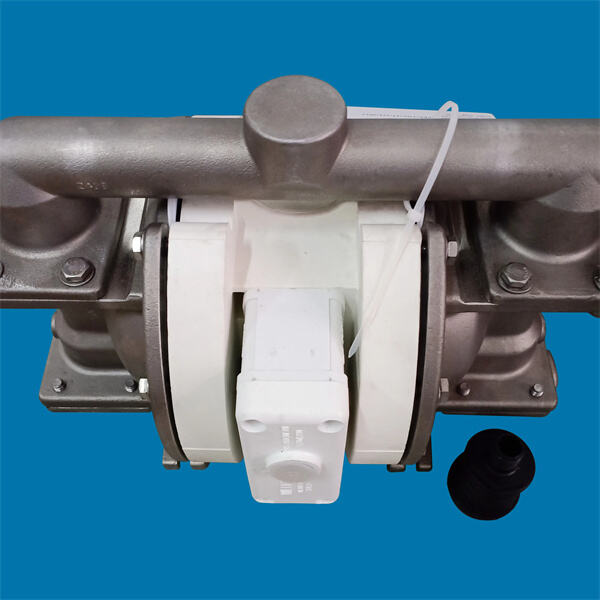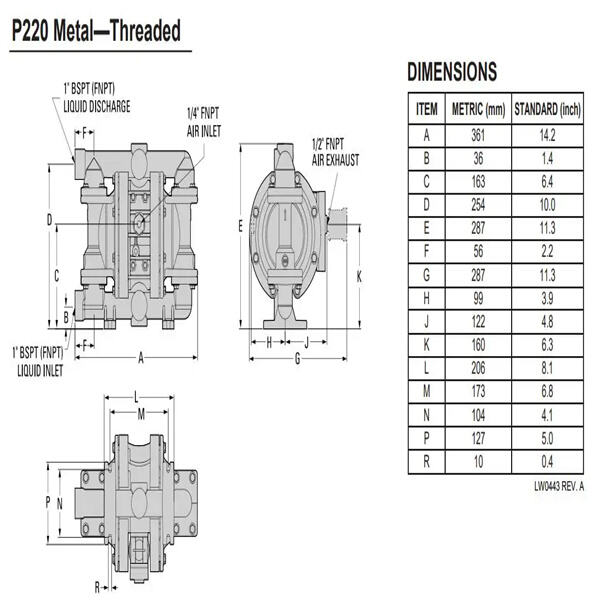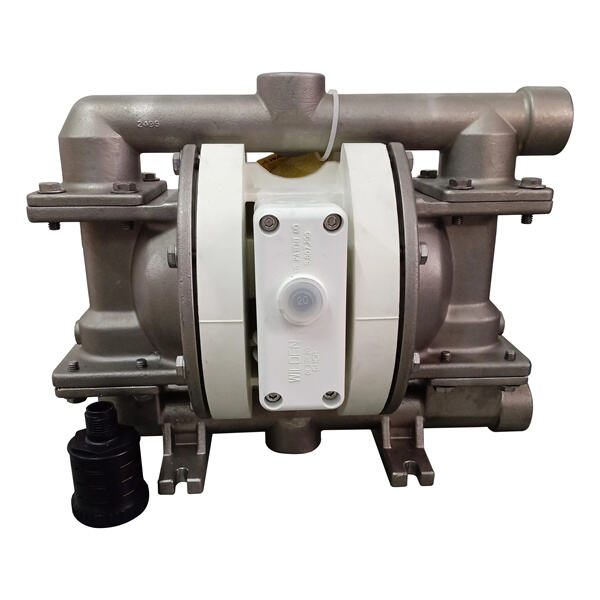Diaphragm pumps (also known as membrane pumps) are positive displacement pumps used to move fluid by a mechanism that consists of a flexible diaphragm and a one-way valve. They do very helpful work in all sorts of places like factories, labs and even some households. These pumps function by utilizing flexible components known as diaphragms. Those diaphragms flex in and out, creating a space that draws in the liquid, then pushes it out. This is the process that makes the pump work.
Diaphragm pumps operate in two phases: suck the liquid in, and force it out. Being able to comprehend how these steps occur is very important if you are going to use move diaphragm pumps appropriately. By understanding how they function, you can ensure you are using them correctly and ensuring you are getting the best out of them.
Diaphragm pumps are expected to achieve a sustainable performance in both air and liquids. Within the pump, a flexible diaphragm works to create the pumping action. As the diaphragm goes back, it creates a vacuum effect and stuff gets sucked in through a special inlet valve (the opening that allows fluids to enter). Next, as the diaphragm comes forwards again it forces out the fluid through another port, the outlet valve.
Well, the pump efficiency depends on many factors. Those all fo into the things above, air pressure with the pump, the distance the diaphragm moves (called stroke length) and how fast the diaphragm goes up and down (called stroke rate). These can be tweaked for adaptation against the unique demands of the task that you work on.

Also, thereare some rules connected with safety when you are using diaphragm pumps. As you prepare for use of the pump, it is important to ensure the proper set up. Ensure that all components are securely attached. And before you power up the pump, check for any leaks in the hoses and fittings.

When using the pump, wearing appropriate safety clothing is crucial. These include safety goggles that protect your eyes, gloves that protect your hands and ear protection that protects against harsh sounds. Besides, ensure that air and fluid pressure levels are safe, which means they are in the range recommended by the manufacturer: By following these safety steps, you can help prevent accidents and injuries.

The diaphragm pump should be cleaned and inspected regularly to keep it functioning properly. That means you need to wash the diaphragm and the valves with fresh water and some mild soap to get rid of any dirt or residue. And obviously, any end of life items like seals and valve internals have to be replaced. This will help to make sure that the pump keeps working properly and effectively for an extended period.
Shanghai Chongfu Industry Co., Ltd. provides aggressive pricing while maintaining product quality. The company offers short shipping and delivery times, making it a reliable choice for customers who require quick turnaround times. Additionally, they ensure thorough inspection and testing of all products before shipment, ensuring that customers receive products in perfect condition.
The company utilizes top-tier raw materials, such as American DuPont PTFE, 3M (DYGON), and Daikin from Japan, to provide their diaphragms. This ensures stable, excellent quality that meets or exceeds industry standards. The company works closely with trusted manufacturers who employ advanced production equipment and rigorous testing instruments, enabling precise quality control throughout the supply chain.
With over 13 years of experience in the diaphragm pump industry, the company has developed extensive expertise in the sale of AODD (Air Operated Double Diaphragm) pump parts. They specialize in offering high-quality, reliable pump components, ensuring that their products meet industry standards and exceed customer expectations.
Shanghai Chongfu Industry Co., Ltd. offers a wide range of diaphragm pumps and accessories, including parts for world-renowned brands such as Wilden, Sandpiper, Almatec, Yamada, Graco, Blagdon, and Veresmatic. Their product catalog includes diaphragms, valve seats, ball valves, air valve assemblies, center bodies, shells, manifolds, shafts, mufflers, and repair kits, providing customers with a comprehensive selection of parts and pumps for various industrial needs.